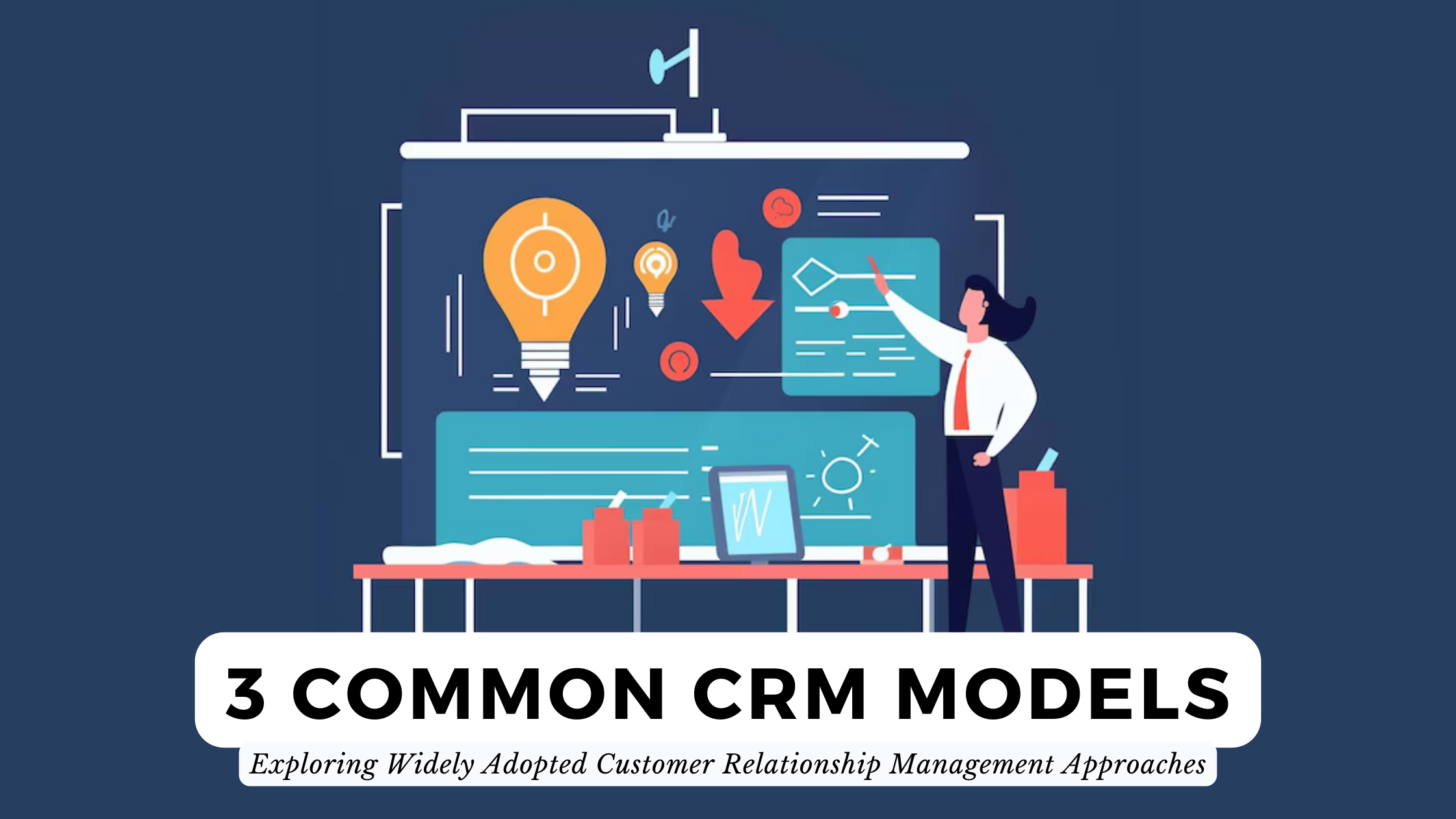3 Common CRM Models: Exploring Widely Adopted Customer Relationship Management Approaches
- Proposal Software Customer Relationship Management


3 Common CRM Models: Exploring Widely Adopted Customer Relationship Management Approaches
Customer Relationship Management (CRM) is a strategy that companies use to manage interactions with customers and potential customers. CRM helps businesses stay connected to customers, streamline processes, and improve profitability12. When it comes to CRM models, there are several different types that businesses can choose from. This article will explore three of the most common CRM models and discuss how they can benefit your business.
1. IDIC Model
The IDIC model stands for Identify, Differentiate, Interact, and Customize1. This model focuses on identifying the customer, differentiating their needs, interacting with the customer to understand their expectations, and customizing the products or services to suit their needs1.
2. CRM Value Chain Model
The CRM Value Chain model was first described by Professor Michael Porter from Harvard Business School in 19851. This model focuses on creating and managing a value chain for the customer, which includes all the activities and processes that a company undertakes to deliver value to its customers1.
3. Payne and Frow’s Five-Step Process Model
The Payne and Frow’s Five-Step Process model is another popular CRM model1. This model focuses on the process of managing customer relationships, from identifying potential customers, understanding their needs, developing a value proposition, interacting with the customer, and finally, improving the relationship1.
Each of these CRM models offers unique benefits and can be used in different business contexts. The choice of CRM model depends on the specific needs and objectives of the business.
Relevant SaaS Products for CRM
Here are some relevant SaaS products that can help businesses implement and manage their CRM strategies:
- Salesforce – Salesforce is a cloud-based CRM platform that helps businesses connect with their customers, partners, and potential customers in a whole new way3.
- Zendesk Sell – Zendesk Sell is a sales CRM software tool that enhances productivity, processes, and pipeline visibility for sales teams4.
- Pipedrive – Pipedrive is a sales CRM software that helps businesses manage their sales, marketing, and support in one platform5.
- Microsoft Dynamics 365 – Microsoft Dynamics 365 is a suite of business applications that helps businesses manage their sales, marketing, and service in one platform6.
- Oracle Advertising and Customer Experience (CX) – Oracle Advertising and Customer Experience (CX) is a comprehensive solution that connects marketing, sales, commerce, and service across the entire customer journey7.
- NetSuite CRM – NetSuite CRM provides a cloud-based solution that delivers a real-time, 360-degree view of your customers8.
- Zoho CRM – Zoho CRM is an online Sales CRM software that manages your sales, marketing, and support in one CRM platform9.
Conclusion
CRM models play a crucial role in helping businesses manage their customer relationships effectively. By understanding and implementing the right CRM model, businesses can enhance their customer service, improve customer retention, and ultimately, increase their profitability. The SaaS products mentioned above offer robust CRM capabilities that can help businesses achieve these goals. Remember, the key to successful CRM lies in choosing the right model and tools that align with your business needs and objectives.
Relevant Links
- What Is a CRM Model? 3 Common CRM Models in 2023 – Business 2 Community
- 3 CRM models to improve your business – Insightly
- Salesforce Official Website
- Zendesk Sell Official Website
- Pipedrive Official Website
- Microsoft Dynamics 365 Official Website
- Oracle Advertising and Customer Experience (CX) Official Website
- NetSuite CRM Official Website
- Zoho CRM Official Website





